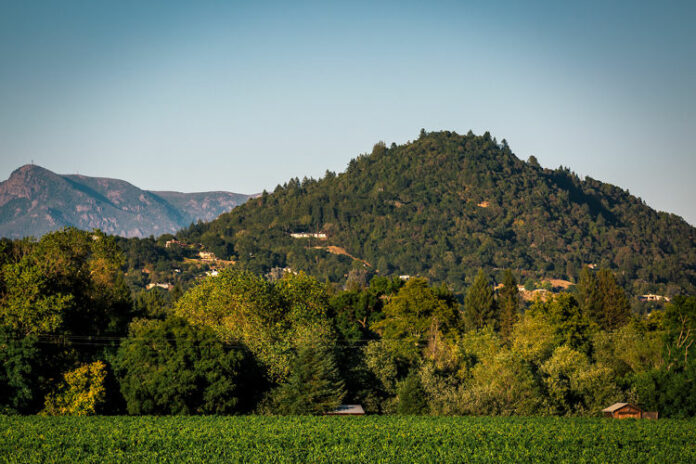Vital Lands Initiative looks ahead 15 years
What makes Sonoma County special?
Ask someone who’s lived or visited here and they’ll likely mention the county’s green, open spaces. Luther Burbank, the Sonoma County-based botanist, horticulturist and pioneer in agricultural science, called it “God’s chosen place.”
“We have a unique character here in Sonoma County because of our greenbelts, open spaces, community separators and agricultural lands,” said Karen Gaffney, conservation planning program manager with the Sonoma County Agricultural Preservation and Open Space District. “It makes Sonoma County special.”
Since its inception in 1990, the district has helped make the county a renowned tourist destination, attracting visitors for the county’s local food, wine, recreational opportunities and scenic views and vistas. Preservation efforts are funded through a quarter-cent sales tax collected through 2031
The taxpayer-funded organization has worked to preserve more than 111,000 acres of working lands and natural areas.
“As a supervisor…I get to come back and recognize my home that I grew up in as a young kid and see the green spaces are still there,” said Fourth District Supervisor James Gore.
Key highlights of the district’s work include the creation of 32 new parks, preserves and public spaces, protection of woodland forests, wetlands and habitat for threatened and endangered species. Additionally, the district has safeguarded farm and ranching land from development, helping boost the county’s $650 million agricultural economy that produces cheese, dairy, free range meat and poultry, organic produce, wine and more.
“While we are proud of our accomplishments, our most important successes are yet to come,” said Bill Keene, general manager of the district.
In an effort to continue and enhance the preservation of the county’s protected acres, the district is embarking on a new plan that will guide the district’s efforts and focus for the next 15 years. Called the Vital Lands Initiative, the plan will use the best available science, data and technical information available to identify strategies for prioritizing conservation of the county’s agricultural and natural lands, scenic views, greenbelts and lands for public recreation and access.
“I think this is one of the most important things we’ll work on this year,” Keene said. “As we look ahead to the next years, we face exceptional challenges.” According to Keene, those challenges include population growth, escalating land values, drought, increased pressure on farmland, open spaces and wildlife habitat, as well as the growing impacts of climate change.
“The Vital Lands Initiative will provide the roadmap necessary to preserve a healthy, beautiful and resilient Sonoma County now and for generations to come,” Keene said.
While science and data compiled over the district’s past 25 years will initially guide the formation of the plan, the district will rely heavily on public input for implementation.
“We intend to go out to community to have a robust community engagement process to hear from public how they want to see the district to prioritize land conservation work in the next 15 years,” Gaffney said.
Over the next four months, the district will lead community meetings, thematic workshops, one-on-one meetings, presentations and events. All public information and meetings will be bilingual.
“We’re being very intentional at the request of the Board of Supervisors to do something much more robust,” Gaffney said of the district’s public outreach efforts.
The first meeting will be held Tuesday, March 14 from 6 to 8 p.m. in Healdsburg at the Healdsburg Community Center. Other sessions in March are scheduled for Forestville, Petaluma, Santa Rosa and Sonoma. More will be scheduled this summer.
For more information on the Vital Lands Initiative or to sign up for updates, visit sonomaopenspace.org/vital-lands.
49.9
F
Healdsburg
April 20, 2025








